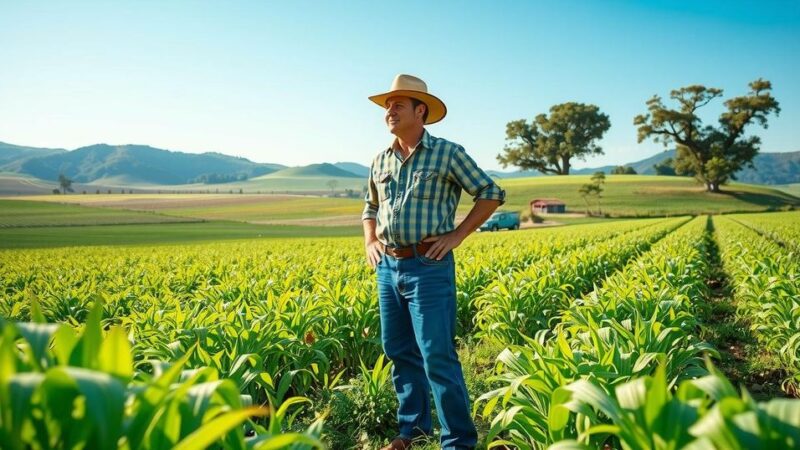Climate change is intensifying regional weather patterns, particularly increasing monsoons, altering storm trajectories, and affecting precipitation types at the poles. These changes are likely to result in greater risks of floods, agricultural declines, and extreme weather events globally. Effective climate adaptation requires improved science-policy dialogue and tailored regional strategies to safeguard vulnerable communities from these evolving threats.
Climate change is having profound regional impacts that are becoming increasingly evident. Future projections indicate that monsoons will likely grow in intensity as aerosol emissions decrease and greenhouse gas forces increase, which may raise the risks of floods, landslides, and diminished agricultural yields in the impacted areas. Recent high-resolution climate models suggest a likelihood of a strengthened storm track directing more severe storms into northwestern Europe, significantly heightening the risks of extreme winds, flooding, and infrastructure damage. Furthermore, climate projections indicate that a higher proportion of precipitation will fall as rain rather than snow at both poles, which could destabilize ice melting processes and exacerbate sea level rise. El Niño Southern Oscillation (ENSO) events are expected to increase in frequency and severity within the next two decades, which would lead to more intense global weather phenomena, such as floods, droughts, heatwaves, and wildfires. Additionally, the rise in temperature extremes, compounded by high humidity, is anticipated to have adverse effects on agriculture by negatively impacting crop yields, creating challenges for outdoor work, and increasing mortality rates among vulnerable populations. The importance of improved communication between scientists and policy-makers is emphasized by Professor David Frame of the University of Canterbury, New Zealand. He contends that enhancing climate adaptation strategies should focus on creating tailored models to meet diverse policy needs. Comparatively, Professor Swadhin Kumar Behera from the Japan Agency for Marine-Earth Science and Technology stresses the necessity of unraveling the intricate relationship between climate warming and extreme weather events to formulate effective regional adaptation and mitigation plans. Professor Shang-Ping Xie of the Scripps Institution of Oceanography argues for sharpening regional climate projections through a better understanding of how atmospheric circulation reacts to warming conditions. A recent synthesis of regional climate data highlights critical climate change signals: increasing monsoon intensity, altered storm trajectories, and shifts in polar precipitation. This underscores the imperative need for region-specific data to inform proactive climate policies aimed at safeguarding communities from escalating risks stemming from climate change.
The topic of climate change and its regional impacts has gained significant attention due to its direct implications for communities worldwide. As the climate continues to warm, varied and severe weather patterns have been observed globally. Such changes include intensifying monsoons, shifts in storm tracks, and alterations in precipitation types at the poles, which pose significant risks such as flooding, agricultural disruptions, and infrastructure vulnerabilities. Understanding these changes is crucial for crafting effective climate policies that can adapt regionally and mitigate adverse effects on populations, economies, and ecosystems.
The ongoing changes in climate patterns are increasingly influencing regional weather events, leading to heightened risks of natural disasters such as floods and extreme storms. It is imperative for scientists and policymakers to engage in effective dialogue to develop tailored climate adaptation strategies. Moreover, understanding the complex interactions between climate warming and extreme weather events is crucial for formulating effective responses to these challenges. The synthesis of regional climate data is essential for informing policies that can ultimately protect affected communities from the escalating impacts of climate change.
Original Source: www.frontiersin.org







